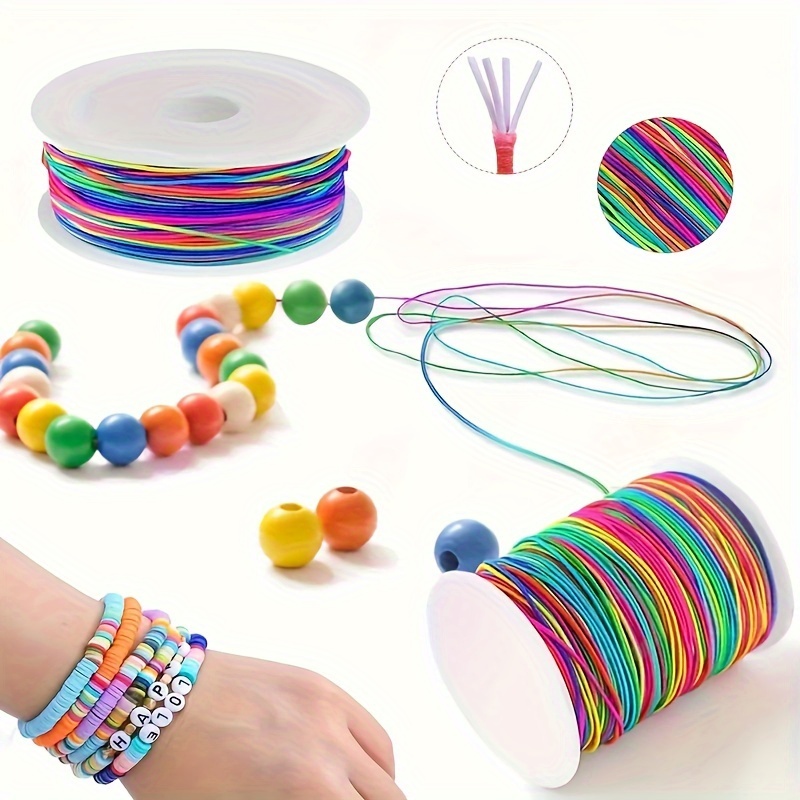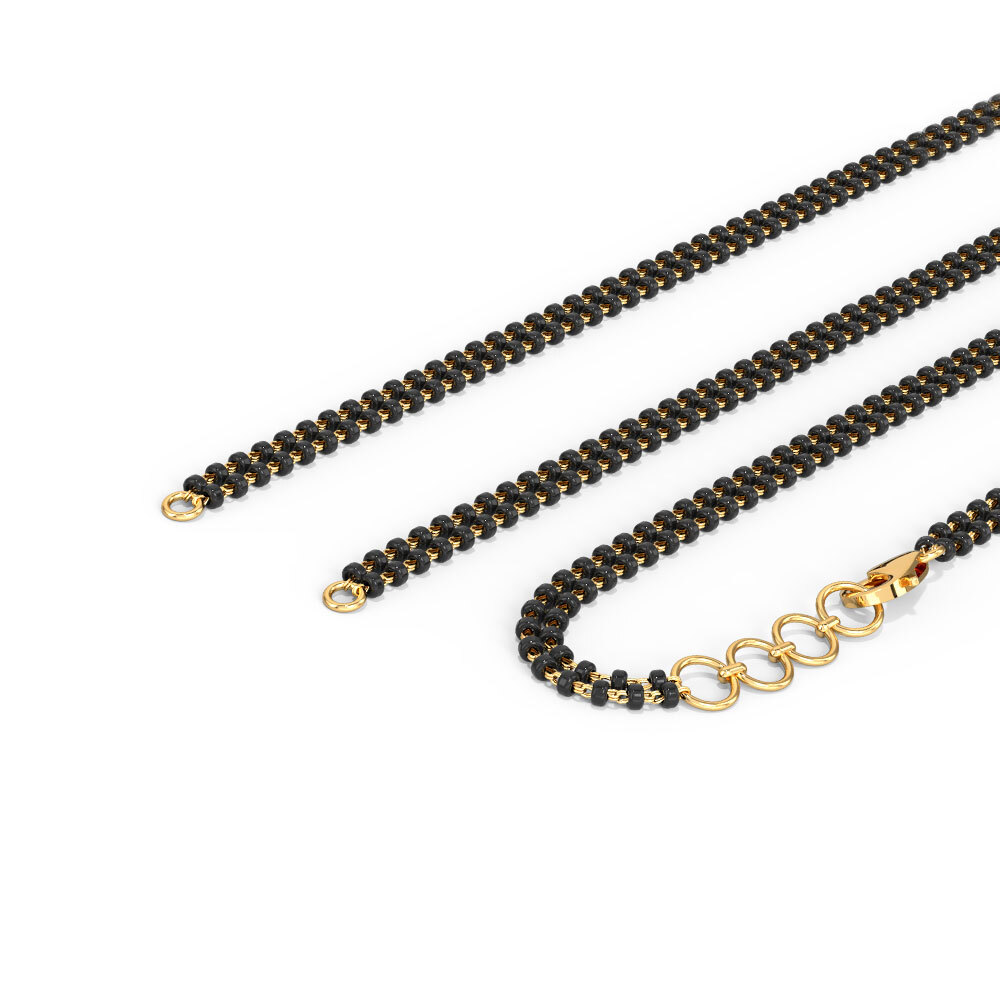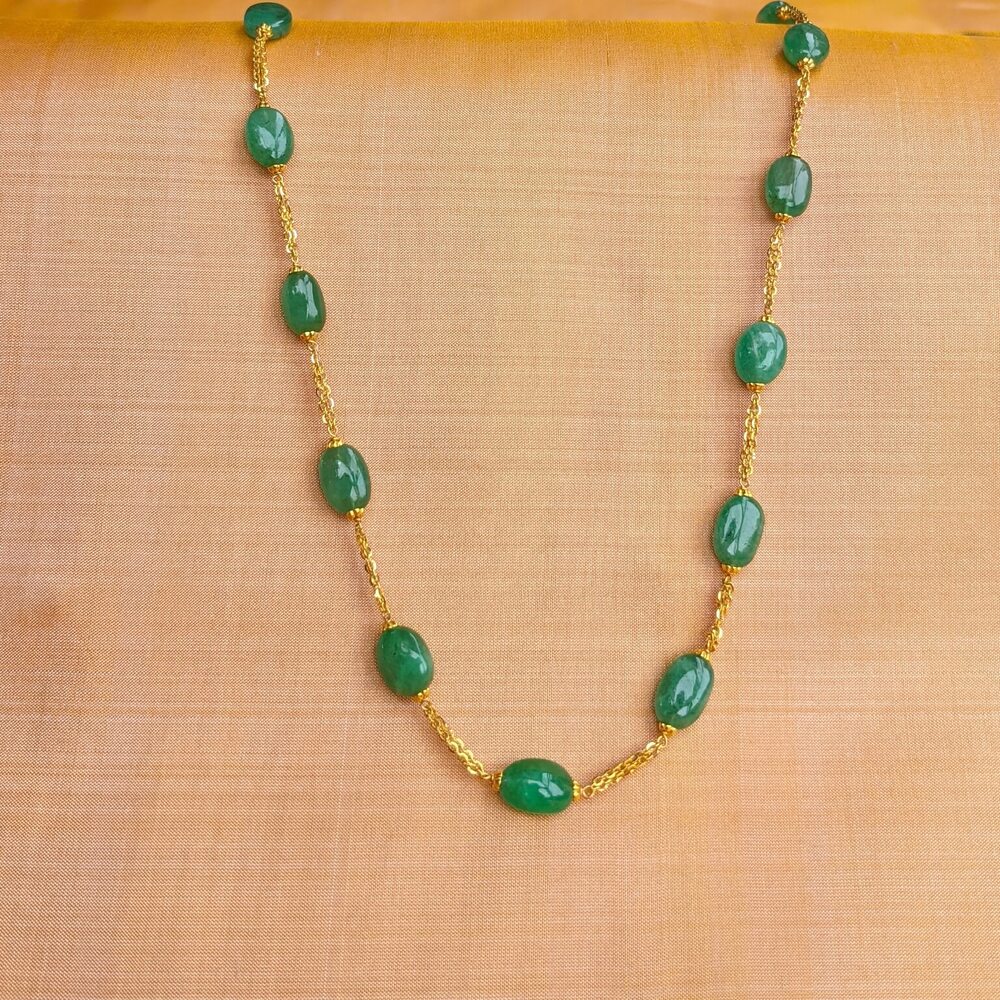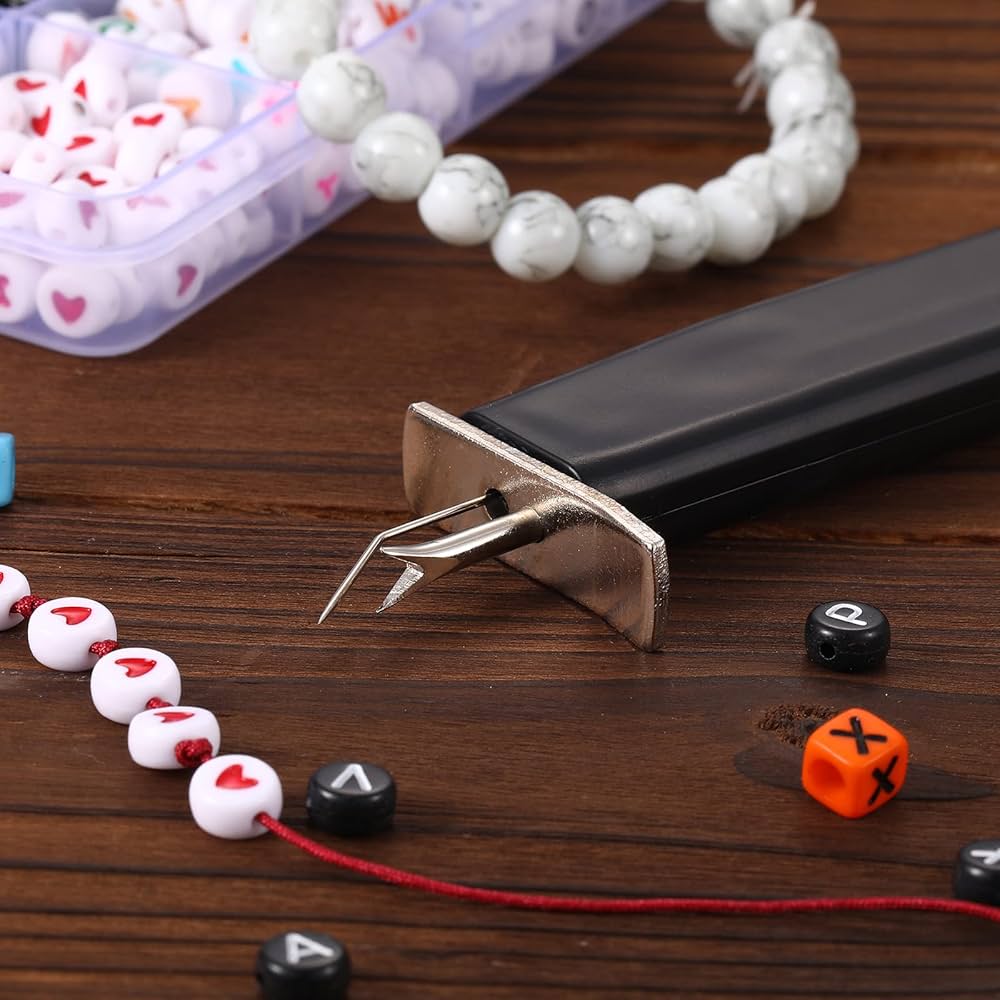Introduction to Seed Beading
Seed beading for beginners is a fun and creative way to make jewelry. These tiny, colorful beads can unleash a world of design possibilities. They come in many shapes, like rounds and cylinders. And there are interesting variations, too, like cubes.
Seed beads make great spacers in stringing projects. They add pops of color and texture. Beginners often start with these beads in simple projects. As your skills grow, you can try out different stitches.
Starting with seed beading doesn’t need heavy investment. You need only a few basic supplies to begin. This simplicity makes Seed beading for beginners a popular choice for crafters.
Learning the basic stitches is key to seed beading. The ladder stitch, for example, is a core technique. It serves as the first row in many patterns. Other stitches like peyote and herringbone offer diverse project possibilities.
Crafters love Seed beading for beginners for its versatility. You can make everything from simple bracelets to detailed pendants. And as you gain confidence, you can tackle complex patterns and techniques.
In this blog post, we will go through everything needed for Seed beading for beginners. We’ll talk about the essential supplies and basic stitches. Then, we’ll guide you through your first bracelet project. We will also look at advanced techniques. Finally, we’ll cover finishing touches like clasps and embellishments. Let’s dive into the colorful world of seed beading!
Essential Supplies for Seed Bead Projects
Embarking on your seed beading journey requires some essential tools and materials. Here’s what you’ll need to start your first seed bead project:
- Seed Beads: These are the central element of Seed beading for beginners. Choose from a variety of colors and finishes to suit your design.
- Beading Needle: A fine, long needle will make threading beads easier.
- Beading Thread: Select a strong, thin thread that can pass through beads multiple times.
- Scissors: Use to cut your thread neatly.
- Bead Mat: This helps keep beads from rolling away and provides a good work surface.
- Clasps and Findings: These are used to finish necklaces and bracelets professionally.
- Beading Pattern or Design Idea: Having a design in mind will guide your project.
With these items, you are well on your way to creating beautiful seed bead jewelry. Start simple and as you gain skills, you can invest in additional specialized tools.
Basic Seed Bead Stitches for Beginners
Starting with seed beads, beginners have a variety of simple stitches to learn. These stitches form the foundation for countless designs. Here are some basics to get you started:
- Ladder Stitch: Often the starting point for many patterns, this stitch connects beads in a row, side by side.
- Square Stitch: It looks like a woven fabric and makes a strong base for your projects.
- Brick Stitch: This versatile stitch creates a sturdy and dense layer of beads, perfect for shapes and pendants.
- Peyote Stitch: With its staggered rows, this stitch is popular for creating textured patterns.
- Herringbone Stitch: Named for its distinctive ‘V’ pattern, this one adds an interesting dimension to your beadwork.
Practice these stitches with patience and focus. Once mastered, you can mix them in your own unique creations. Start with simple projects, such as a basic bracelet or bookmark. These will help you get the feel of the beads and thread. Follow diagrams or video tutorials at first. They provide step-by-step guidance. As you gain confidence, try creating your own patterns. Enjoy the process and watch your skills grow!
Creating Your First Seed Bead Bracelet
Starting with a basic seed bead bracelet is a great way to dive into crafting. This project is ideal for beginners, and you can complete it in a few hours. Let’s go step by step to make your first bracelet.
First, select your seed beads. Choose colors that you like. Then, thread your needle with a length of beading thread. Tie a knot at the end of the thread to prevent beads from slipping off.
Begin with a ladder stitch. This will create your bracelet’s first row. Add beads one by one, and pull the thread snug after each bead. Make sure your beads lie flat and even.
After completing the first row, you can start the second. Choose a stitch like the peyote or the brick stitch. Follow the pattern closely and keep your tension even.
Continue adding rows of beads. Watch your bracelet grow. Feel free to mix colors or make patterns with your beads. This will add a unique touch.
Once your bracelet reaches the desired length, it’s time to finish it. Add a clasp to make it secure. Weave any excess thread back into the beadwork to hide it.
Congratulations, you’ve made your first seed bead bracelet! Show it off to your friends and family. With practice, you will get better and faster. Soon, you’ll be ready for more complex designs.
Advanced Seed Bead Techniques and Patterns
Once you’ve mastered basic stitches, you’re ready for advanced techniques. These will elevate your beadwork to new heights. You can create striking jewelry with complex patterns and textures. In this section, we’ll explore some advanced seed bead techniques. We’ll also suggest patterns that will challenge and excite you.
First, consider learning the tubular peyote stitch. It’s perfect for making beaded ropes and tubes. These can become necklaces, bangles, or parts of larger pieces. Tubular peyote gives your creations a three-dimensional twist. It really stands out.
The spiral rope stitch is another fantastic technique. It’s an easy but impressive-looking way to make bracelets and necklaces. It involves forming a spiral of beads around a core thread. This stitch can add elegance to any design.
Try the Cellini spiral for a mesmerizing effect. It uses varying bead sizes to create a twist. You can make bold statement necklaces with this stitch. Its textured pattern is sure to catch the eye.
Next, the Russian spiral offers a smooth, rounded look. It’s excellent for making graceful, flowing jewelry. With the right color choices, it can resemble precious gemstones.
Two more advanced patterns are the herringbone twist and the right-angle weave. The herringbone twist adds a chic zigzag pattern to your work. The right-angle weave is ideal for making flexible, fabric-like pieces. It’s good for complex shapes and is often used in bead embroidery.
For those who enjoy adding dimension, the cubic right-angle weave is a must-try. It creates a beaded ‘fabric’ with depth. With practice, you can build intricate geometric jewelry.
But remember, these advanced stitches take time to learn. Start small with basic versions, and practice. As your skills improve, tackle more ambitious projects. Soon, you’ll be making unique and intricate pieces.
Tips for Perfecting Peyote and Herringbone Stitches
Improving your peyote and herringbone stitches takes practice. Here are some tips to help you:
- Practice with Video Tutorials: Watching experts can speed up learning. Pause and replay tricky parts.
- Start Small: Try simple projects before tackling larger, more complex ones with these stitches.
- Keep Even Tension: This makes your beadwork look professional and neat.
- Count Your Beads: Before stitching, count to avoid mistakes and save time undoing work.
- Use a Bead Mat: A mat keeps beads in place and organizes your work.
- Secure Loose Threads: Tie off loose ends to prevent your work from unraveling.
- Double-Check Patterns: Always review patterns to ensure the right bead placement.
- Relax Your Hands: Take breaks to avoid cramping and keep your stitching smooth.
Remember, it’s normal to make mistakes as you learn. With each project, your skills will grow.
Designing Unique Seed Bead Earrings and Necklaces
Creating unique seed bead earrings and necklaces lets you showcase your creativity. To start, select a range of colored seed beads to match your style. Use basic stitches like peyote or herringbone for interesting textures.
For earrings, consider simple designs with added charm. You might try the popular daisy chain pattern or create drop earrings with a fringe. These projects are quick and make great gifts.
Necklaces offer more room for detail. Mix different stitches for complex patterns. A spiral rope stitch can form the necklace’s base, and you can add a pendant with a peyote stitch.
Beaded necklaces can also include various elements. Add a touch of glam with crystal beads or keep it earthy with natural stone accents. Experiment with lengths and layers for modern looks.
Remember, practice makes perfect. Start with easier designs and then challenge yourself with more complicated patterns. With patience and practice, you’ll craft stunning, one-of-a-kind pieces. Enjoy the process and take pride in your creations.
Finishing Touches: Clasps, Edges, and Embellishments
No seed bead jewelry is complete without the right finishing touches. These final steps add both beauty and functionality to your creations. Let’s explore how to polish your projects with clasps, edges, and embellishments.
Choosing the Right Clasp: The clasp is more than a fastening device; it’s part of your design. Choose a clasp that matches your jewelry’s style. For a delicate bracelet, a small lobster clasp may work well. For a statement necklace, a toggle clasp can add to the piece’s charm. Magnetic clasps are also great for an easy-to-wear option.
Perfecting Edges with Picot Stitch: Edges can make or break a design. A simple and elegant way to finish edges is using a picot stitch. This technique involves making small loops at the edges. It adds a delicate border to your pieces. You can experiment with bead sizes and colors to get different effects.
Adding Embellishments: Embellishments like charms or crystal beads give extra flair. They can take a simple project to the next level. Add them to earrings for a dangling effect or incorporate them into necklaces for sparkle.
Final Touch with a Bead Mat: Before you finish, lay your piece on a bead mat. It helps you see the project clearly. This way, you can spot any loose threads to secure or adjust bead placement as needed.
Remember, these finishing steps are not just about looks. They ensure your jewelry is durable and comfortable to wear. Invest time in these final details, and you’ll have a piece that’s both stunning and well-crafted.



